ERC-7857: Intelligent NFTs for AI Agents
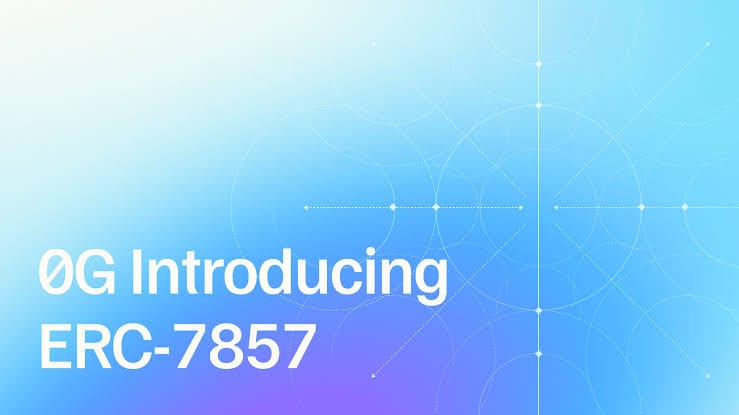
Introduction to ERC-7857 and Intelligent NFTs
ERC-7857 is a groundbreaking Ethereum NFT standard introduced by 0G Labs, designed to seamlessly integrate Artificial Intelligence (AI) with blockchain technology. Unlike traditional NFT standards such as ERC-721 and ERC-1155, which are geared towards static digital assets like art or collectibles, ERC-7857 is purpose-built for AI agents.
These Intelligent NFTs (iNFTs) represent AI agents as fully autonomous, transferable, and secure digital assets. They can learn, adapt, and evolve while maintaining decentralized ownership and data privacy, reshaping how AI models are owned, monetized, and deployed in Web3 ecosystems.
Why ERC-7857? Limitations of Traditional NFTs
Traditional NFT standards fall short when applied to intelligent systems due to several limitations:
- Static Metadata: Existing NFTs use immutable metadata. In contrast, AI agents are dynamic and must reflect ongoing learning and behavioral evolution.
- Lack of Privacy: Openly stored metadata is incompatible with AI models requiring secure, private data handling to protect proprietary assets like neural networks or training datasets.
- Insecure Transfers: Current standards lack secure transfer mechanisms, posing risks of data leakage or loss during ownership changes.
- Limited Functionality: Traditional NFTs don’t support autonomous behavior or real-time updates essential for functional AI agents.
ERC-7857 addresses these issues by enabling dynamic, encrypted metadata and secure transfer protocols—key requirements for AI applications in decentralized environments.
Key Features of ERC-7857
✅ Dynamic Metadata
ERC-7857 allows iNFTs to dynamically update their metadata in real time, reflecting changes in the AI agent’s intelligence, memory, or behavior.
🔐 Encrypted Metadata and Privacy
- AI data such as neural networks or memory modules is encrypted using cryptographic methods.
- During ownership transfers, oracles re-encrypt metadata to preserve privacy for new owners.
☁️ Decentralized Storage Integration
ERC-7857 is compatible with decentralized storage systems like 0G Storage, ensuring that encrypted metadata is:
- Secure
- Tamper-proof
- Accessible only to authorized parties
🧾 Verifiable Ownership and Secure Transfers
- Cryptographic proofs and trusted oracles verify both ownership and metadata integrity during transactions.
- Enables secure trading of AI agents while preserving their learned behaviors and intellectual property.
💸 Built-in Royalty Mechanisms
- Developers earn royalties on secondary sales, creating a sustainable revenue model for AI innovation.
How ERC-7857 Works
1. Creation
Developers create an AI agent and mint it as an iNFT. The agent’s metadata (e.g., training data, model weights) is encrypted and stored on a decentralized network.
2. Ownership
The iNFT is linked to a wallet, granting exclusive access to the AI’s capabilities. Owners can further train or customize their AI agent.
3. Transfer
When an iNFT is sold or transferred:
- An oracle securely re-encrypts the metadata for the new owner
- The transfer maintains data integrity and privacy
4. Usage
iNFTs can be integrated into dApps—such as AI marketplaces, metaverse environments, or enterprise systems—where they perform tasks autonomously.
Applications of ERC-7857 and iNFTs
🛒 Decentralized AI Marketplaces
Buy, sell, or trade AI agents tailored to specific tasks like trading bots, virtual assistants, or financial advisors—democratizing AI access.
🎮 Gaming and Metaverse
Create AI-powered NPCs that evolve through player interaction, enabling more immersive, personalized game experiences.
🤖 Personalized AI Assistants
Users can own and customize AI agents for:
- Asset management
- Workflow automation
- dApp interaction
These agents retain their personalization when resold.
🏢 Enterprise Solutions
Tokenize proprietary AI tools like chatbots or analytics engines. Companies can transfer, lease, or monetize their AI IP securely.
💡 Intellectual Property Monetization
Developers can create revenue streams by selling AI models as iNFTs and earning ongoing royalties.
🧠 DAO Automation
Use iNFTs to power autonomous DAO agents capable of governance, voting, or resource management based on AI-driven logic.
Benefits of ERC-7857
- Security: End-to-end encryption safeguards sensitive data.
- Decentralization: Promotes true ownership of AI agents, free from centralized control.
- Flexibility: Dynamic metadata supports AI evolution and customization.
- Scalability: Built-in decentralized storage accommodates growing AI model complexity.
- Trust: Cryptographic verification ensures data integrity and ownership authenticity.
Challenges and Considerations
While ERC-7857 offers transformative potential, it also faces some challenges:
- Computational Centralization: Off-chain inference may rely on centralized infrastructure like AWS, raising centralization concerns.
- Regulatory Oversight: Intelligent NFTs could attract scrutiny under privacy or financial regulations.
- Adoption Curve: Broad ecosystem adoption requires time, tooling, and community buy-in.
- Off-chain Verification Risks: Inadequate verification of AI state changes could compromise user trust.
0G Labs and the Future of ERC-7857
0G Labs, creators of ERC-7857, are building a comprehensive decentralized AI infrastructure known as the deAIOS. This includes:
- 0G Storage
- 0G Data Availability
- Service Marketplaces
Backed by $325 million in funding, 0G Labs is actively partnering with top Web3 projects to accelerate adoption of iNFTs and decentralized AI.
With ERC-7857, AI agents can be tokenized, transferred, and monetized like never before—ushering in a new era where AI becomes a true digital asset.
Conclusion
ERC-7857 is a milestone innovation that bridges blockchain and artificial intelligence, enabling a new class of intelligent, secure, and autonomous digital assets. From decentralized marketplaces to enterprise automation and gaming, iNFTs offer vast opportunities across Web3.
By overcoming the limitations of earlier NFT standards, ERC-7857 lays the foundation for a decentralized AI economy—where developers, users, and businesses can collaborate and benefit from intelligent systems in a trustless, secure, and open environment.
References
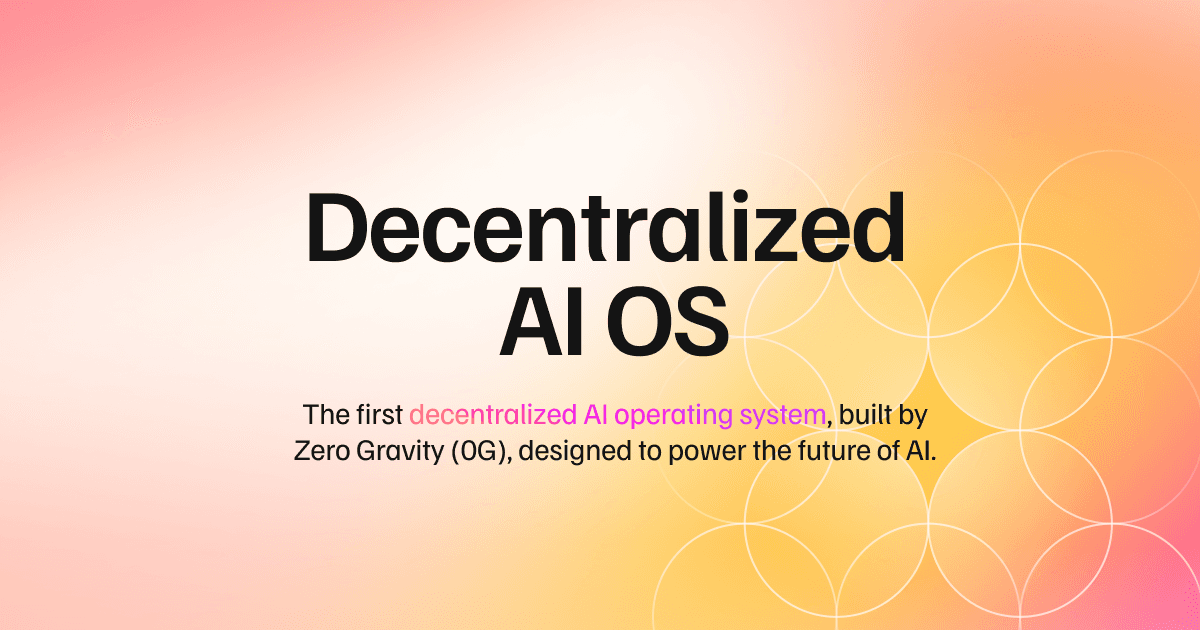
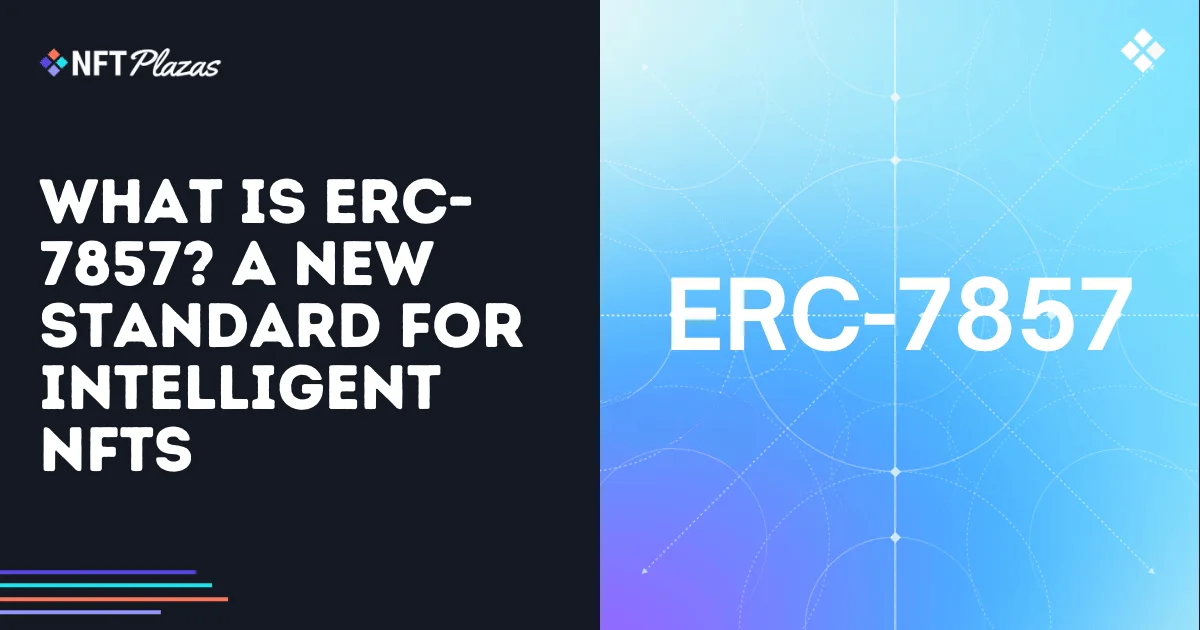

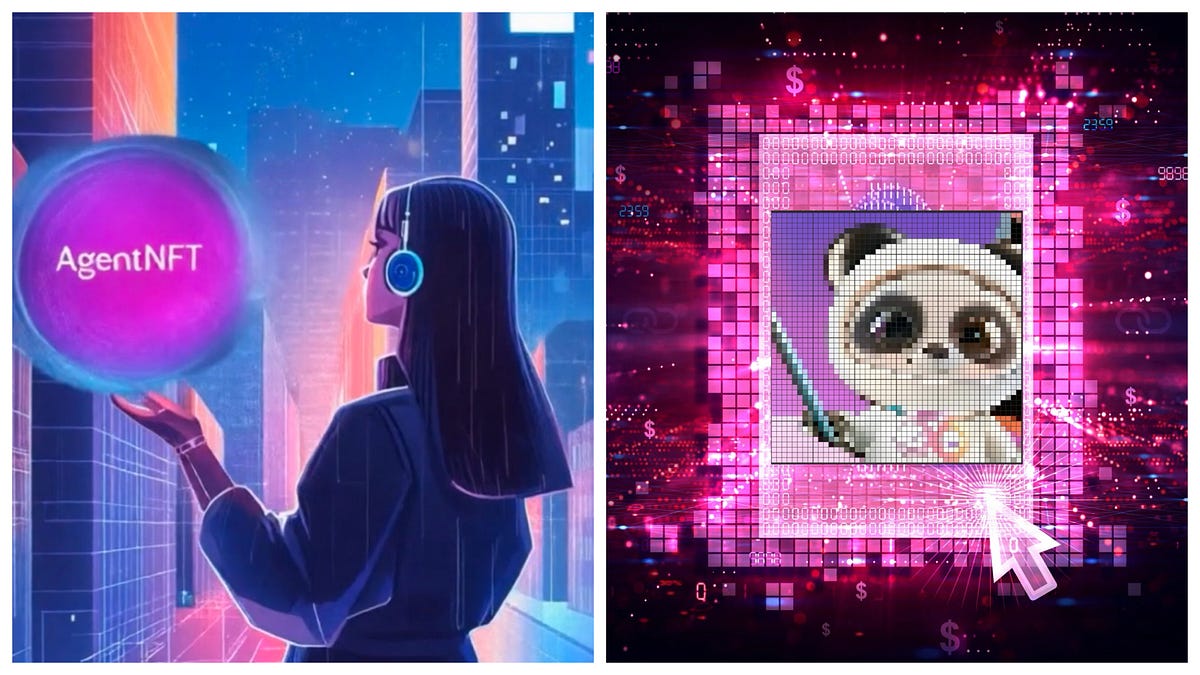
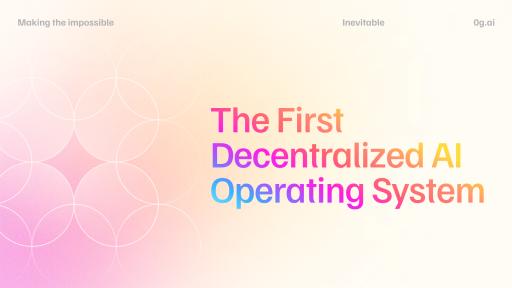
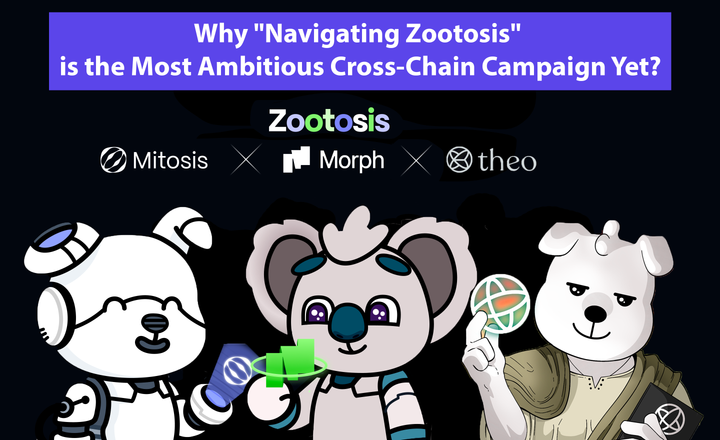
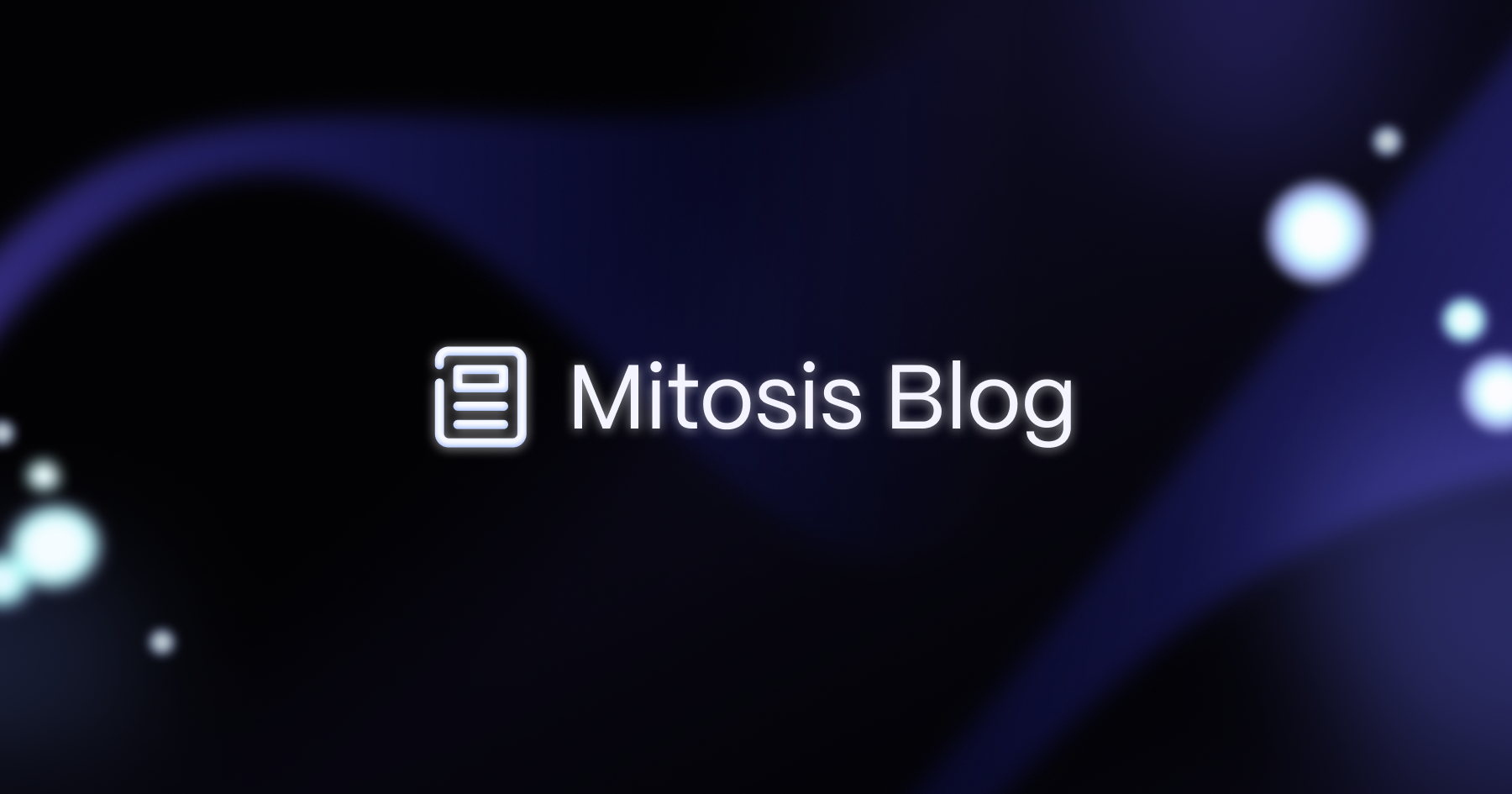










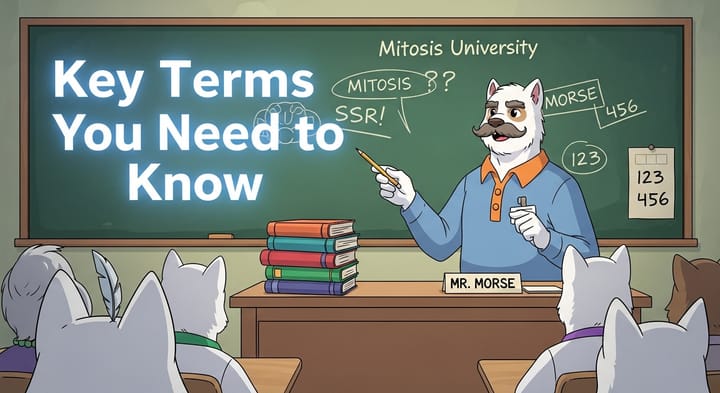
Comments ()